Before smartphones became the all-encompassing tools of modern life, staying connected with others required creativity, effort, and a genuine commitment to communication. The pre-smartphone era was marked by a unique charm, where people found different ways to nurture relationships, share news, and simply stay in touch. From handwritten letters to landline phone calls, the methods may have been less instantaneous, but they were often more intentional and personal. In a world without instant messaging or social media, staying connected meant carving out time for meaningful interactions that felt truly special.
In this blog post, we’ll take a look at 12 charming ways people stayed connected before the digital age took over. These methods, though often slower and more deliberate, helped form deeper connections and fostered a sense of community. Whether it was through sharing postcards during vacations, engaging in face-to-face chats, or making a special trip to visit someone, these pre-smartphone practices remind us that communication has always been an art—one that didn’t require a device in our hand every minute. Let’s dive into these delightful ways people made sure their relationships remained strong in a simpler, less tech-dependent time.
Handwritten Letters
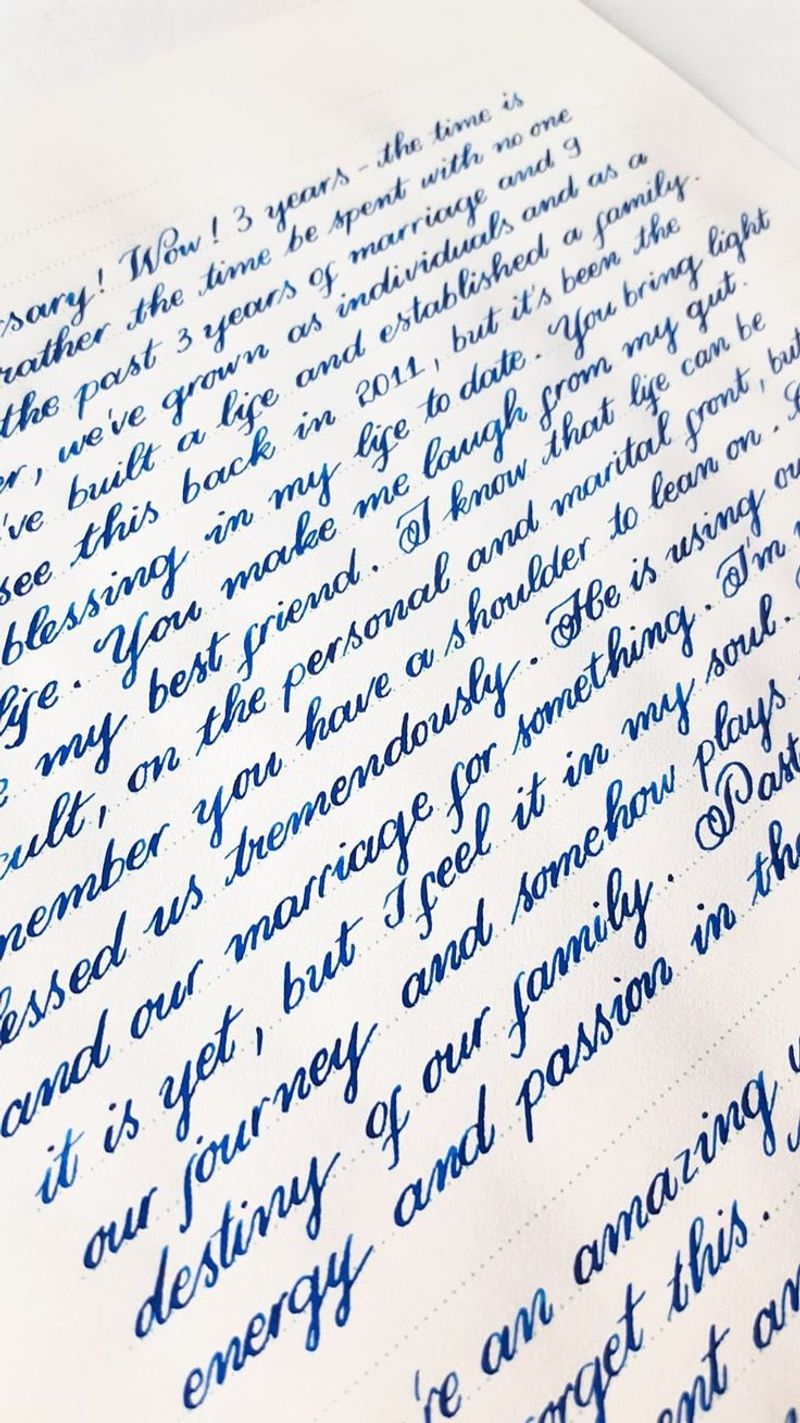
Writing letters by hand was an intimate way to communicate, allowing personal thoughts to be expressed in a heartfelt manner. In those days, waiting for a letter to arrive was an event itself, filled with anticipation and excitement.
The process of writing, sealing, and sending a letter required effort and thought, making each correspondence meaningful. It provided a tangible connection between people, often becoming cherished keepsakes.
These letters allowed for deeper connections, as the writer took time to reflect and share genuine emotions. They were a beautiful way to connect across distances.
Landline Phone Calls
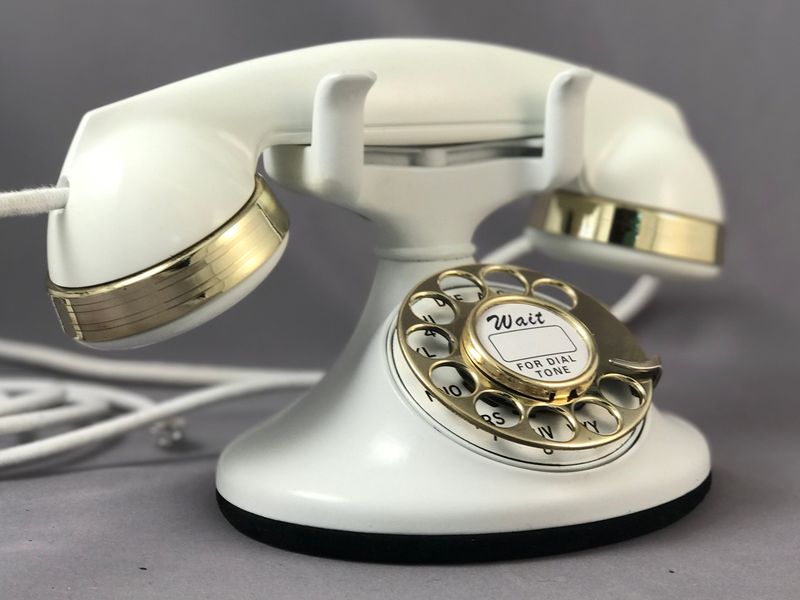
Landline telephones served as a primary communication tool, allowing people to connect through voice conversations. These phone calls often lasted for hours, filled with laughter and meaningful exchanges.
Families and friends bonded over shared stories and updates about daily life. Unlike today’s mobile phones, landlines fostered a sense of anticipation and patience, waiting for the right time to call.
The absence of caller ID added an element of surprise, making each call more intriguing and personal. This method nurtured relationships in a unique way.
Postcards
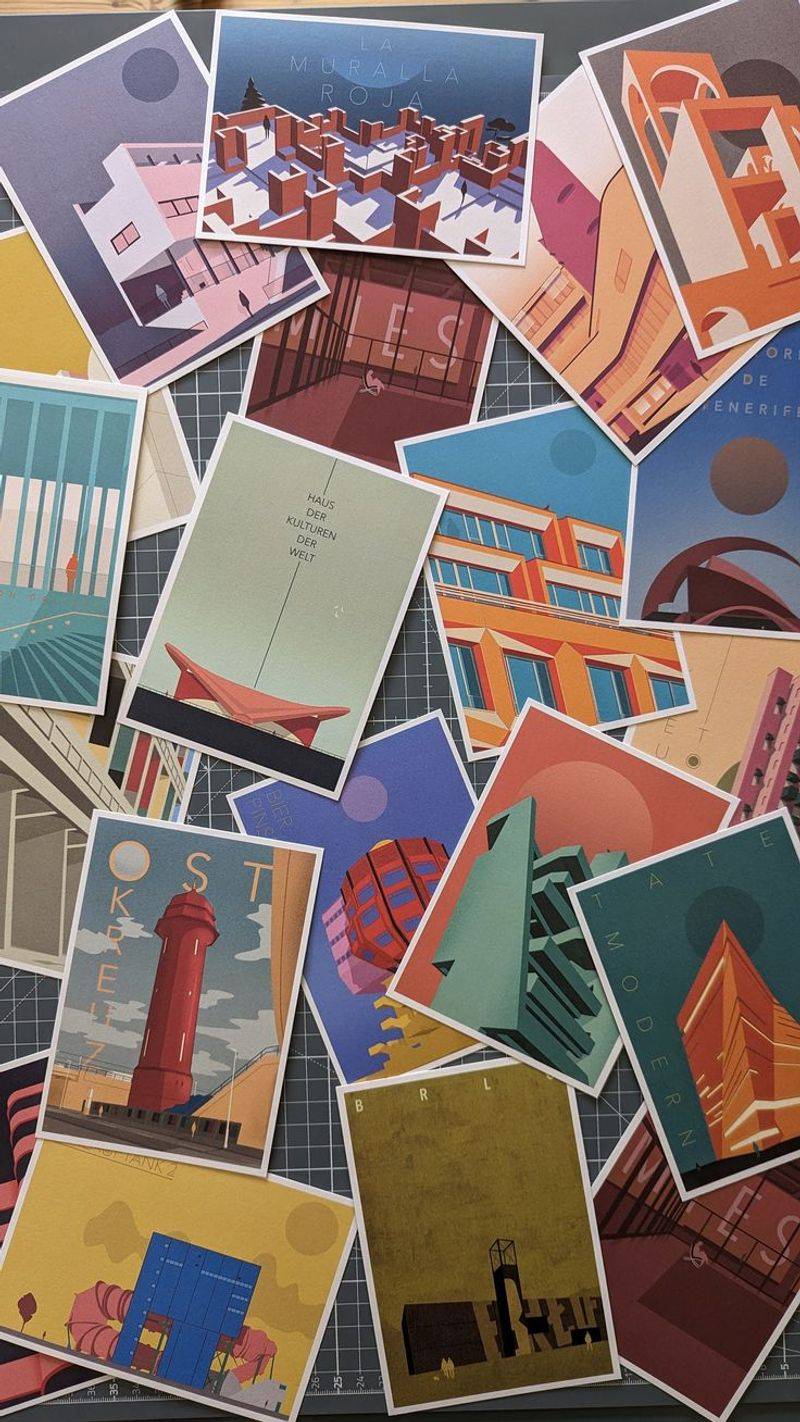
Postcards were a delightful way to share snippets of travel experiences, showcasing beautiful images from various destinations. They served as a personal touch, offering a glimpse into one’s journey.
Receiving a postcard was always a pleasant surprise, a small token of thoughtfulness from a friend or family member. The brevity of the message required creativity in conveying emotions and experiences.
Postcards carried the essence of exploration and adventure, connecting people with the wider world while maintaining personal bonds. They were cherished for their simplicity and charm.
In-Person Visits
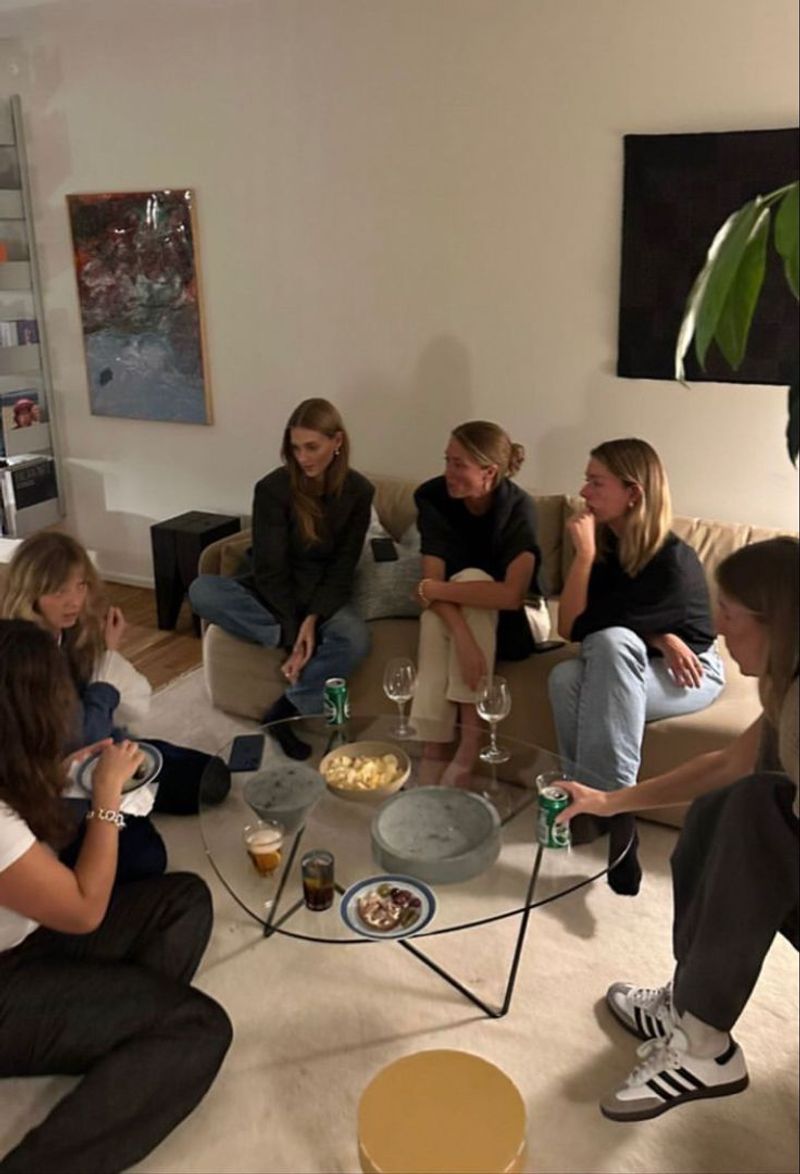
Visiting friends and family in person was a cherished way of staying connected. It provided an opportunity to engage in meaningful conversations and share memorable experiences face-to-face.
These visits often involved shared meals, laughter, and storytelling, strengthening the bonds between people. The spontaneity and unexpected joy of a surprise visit added to the excitement.
In-person interactions fostered deeper relationships, allowing people to express themselves beyond words. Such moments created lasting memories and a sense of closeness that transcended distance.
Community Events
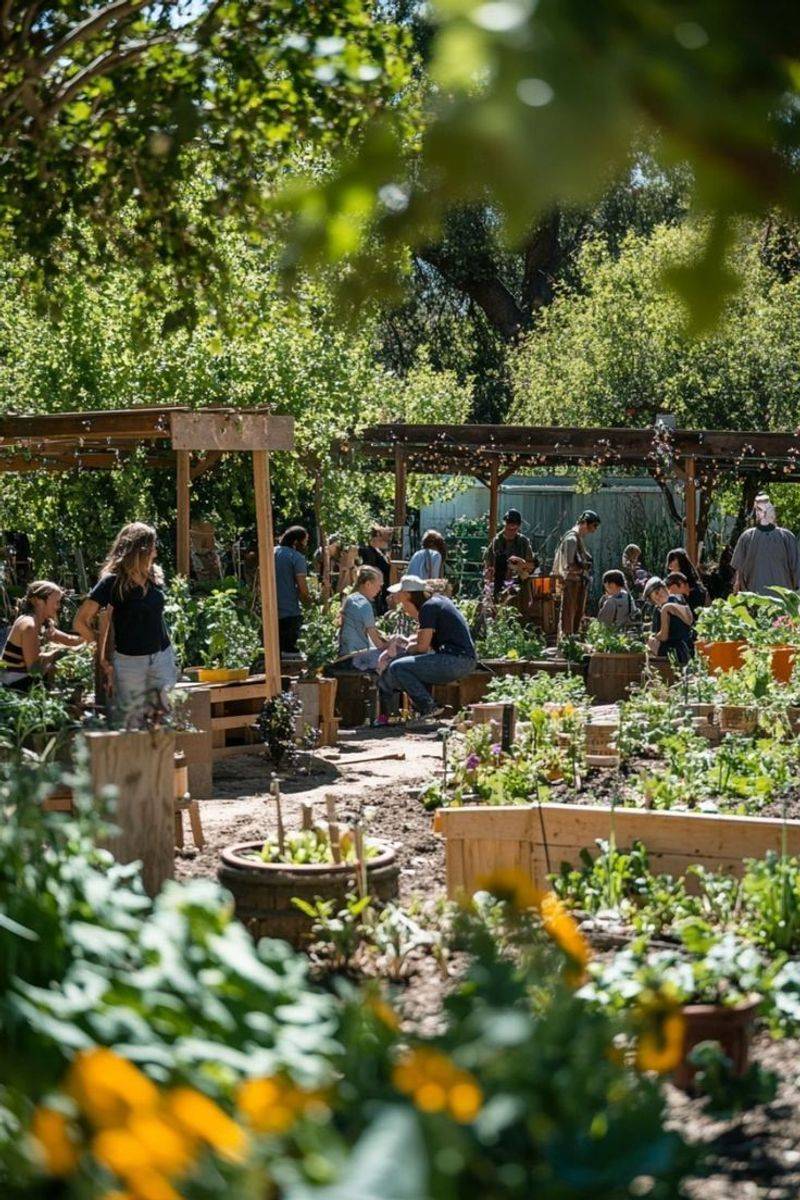
Community events were a popular way for people to gather and connect with one another. These events ranged from local fairs and festivals to neighborhood gatherings and club meetings.
They provided a platform for social interaction, fostering friendships and a sense of belonging. People shared their cultures, talents, and interests, building strong communal ties.
Participating in these events created a sense of unity and collective identity, enriching the social fabric of the community. It was an engaging way to stay connected and celebrate together.
Pen Pals
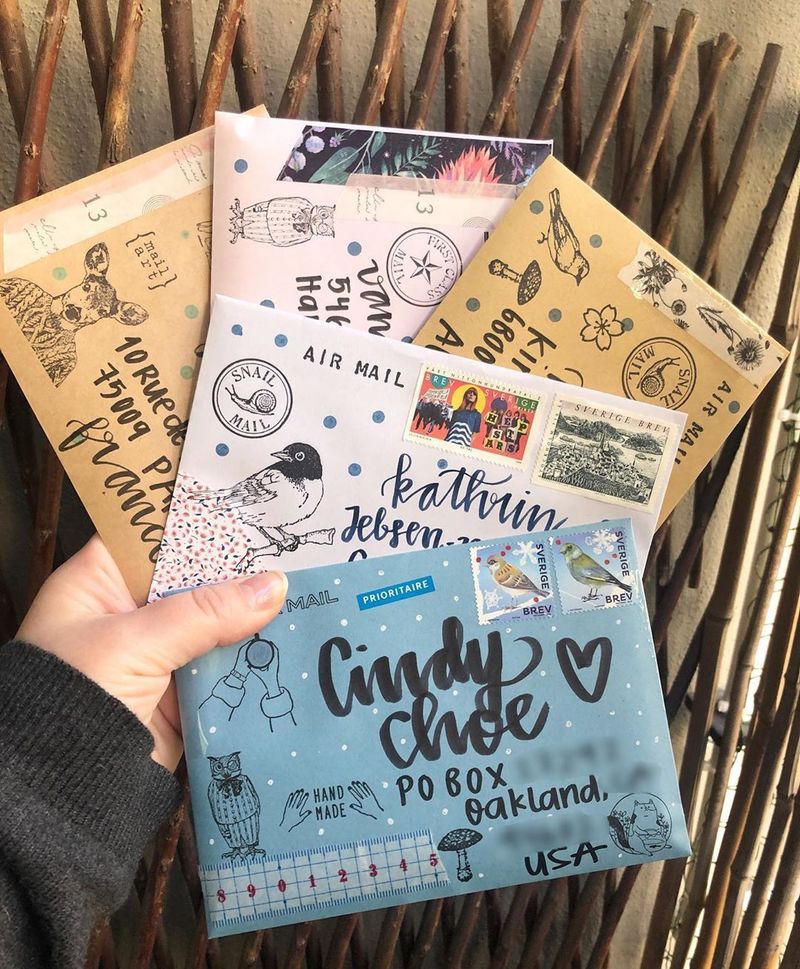
Having a pen pal was an exciting way to connect with someone from a different part of the world. It allowed people to learn about diverse cultures and lifestyles through written exchanges.
This form of communication required patience, as letters took time to arrive, adding to the anticipation. Pen pals often became lifelong friends, despite never having met in person.
The exchange of ideas, experiences, and personal stories helped bridge cultural gaps, nurturing empathy and understanding. It was a rewarding way to build friendships across borders.
Community Bulletin Boards
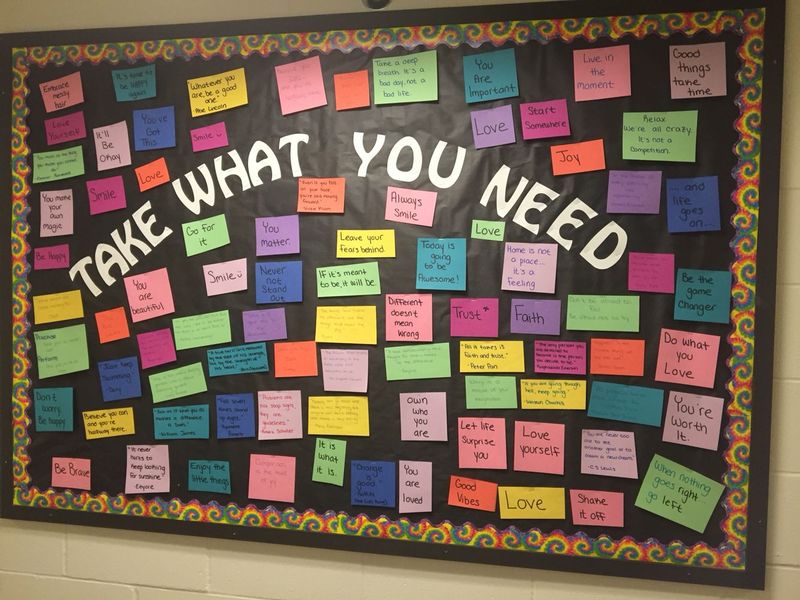
Community bulletin boards served as a central hub for communication, allowing people to share information about events, services, and local news. They were often found in cafes, libraries, and community centers.
These boards promoted engagement and interaction among community members, providing a space to exchange ideas and opportunities. People posted everything from event announcements to personal ads for pen pals.
Such boards fostered a sense of community involvement and awareness, keeping everyone informed and connected. They were an essential tool for grassroots communication.
Ham Radio
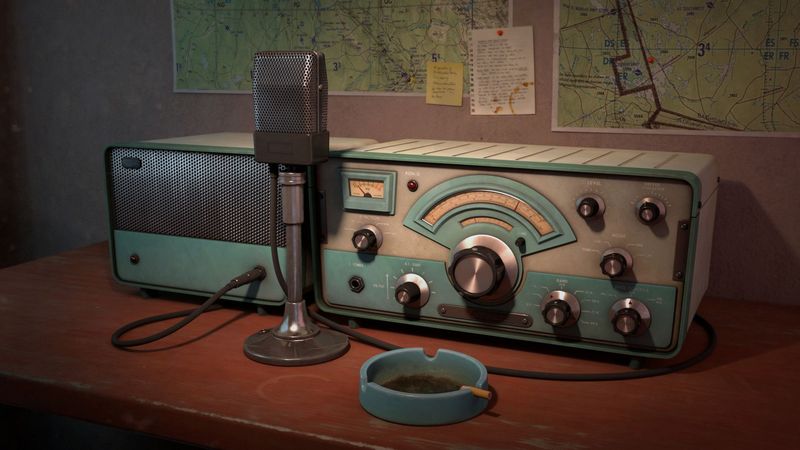
Ham radio enthusiasts connected with people across the globe, using radio frequencies to communicate. This hobby allowed for international friendships and the exchange of ideas.
Operators often participated in contests and emergency services, contributing to the community. The technical aspect of ham radio added a layer of interest, attracting hobbyists from various backgrounds.
This form of communication fostered curiosity and learning, building connections beyond geographical boundaries. It was a unique way to explore the world through sound waves.
Family Reunions
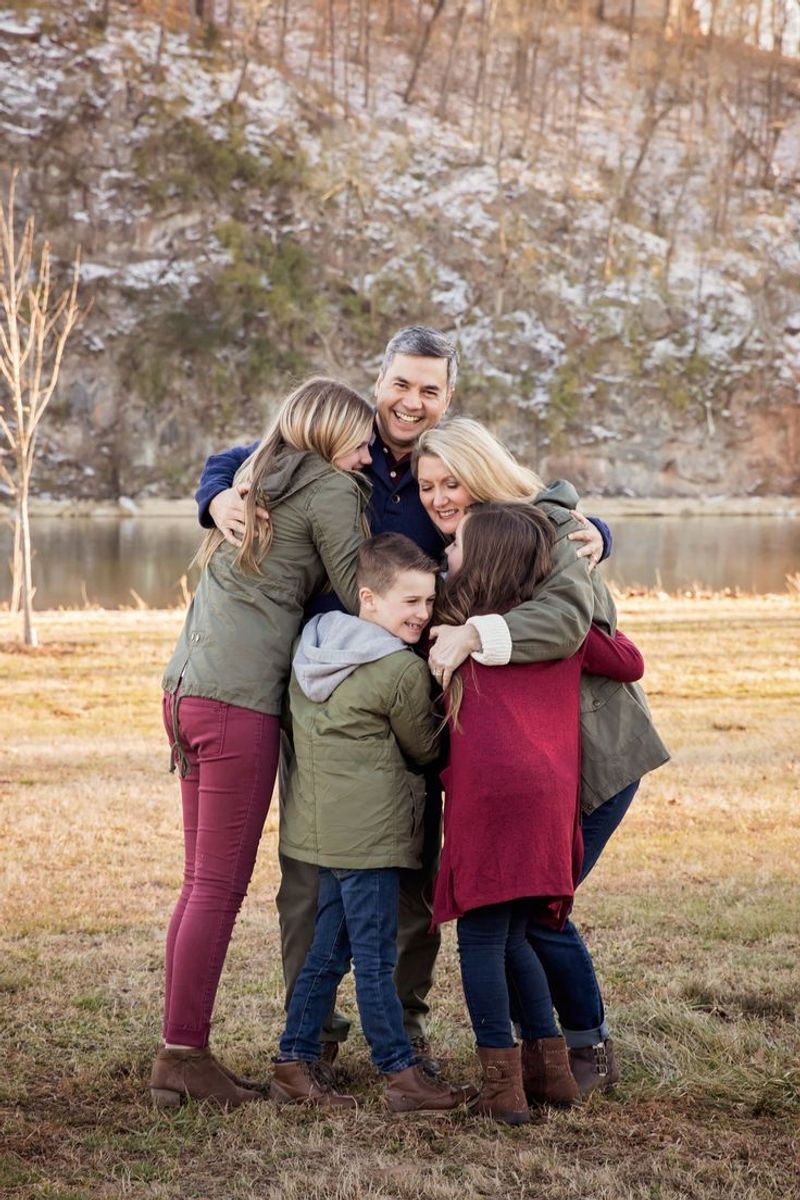
Family reunions brought people together, allowing relatives from far and wide to reconnect and share their lives. These gatherings were filled with joy, laughter, and storytelling.
They provided an opportunity to strengthen family bonds and create lasting memories. Games, food, and shared activities enriched the experience, making each reunion special.
Reunions celebrated family heritage and traditions, nurturing a sense of identity and belonging. They were a cherished way to stay connected with loved ones.
Scrapbooking
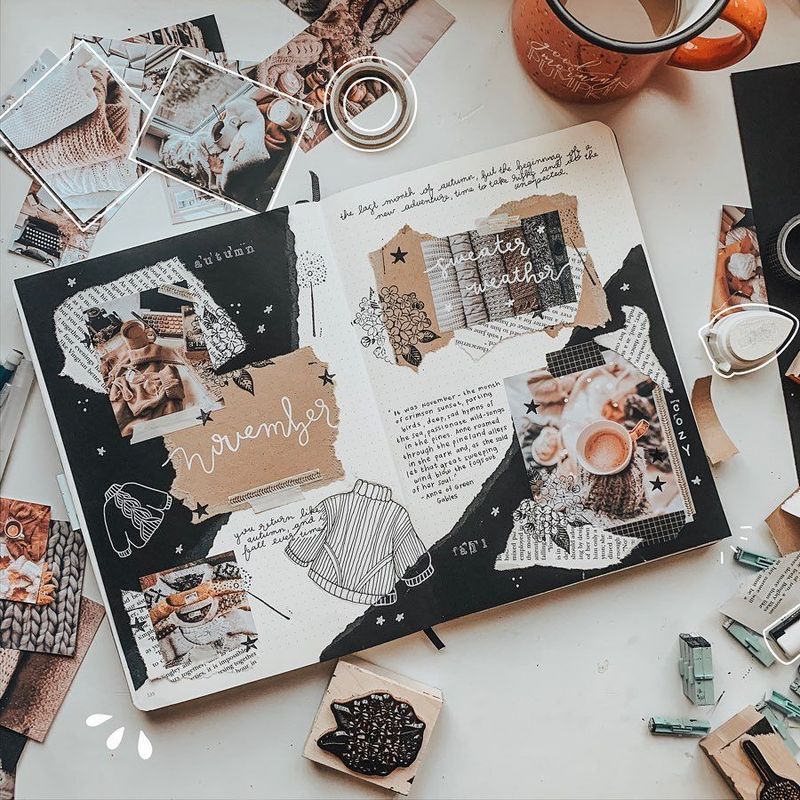
Scrapbooking allowed people to preserve memories and share them with others. It involved assembling photographs, clippings, and personal notes into a creative journal.
This activity was both personal and communal, often done with friends or family. Sharing scrapbooks offered insights into personal experiences and milestones.
Scrapbooking was a way to express creativity and sentiment, capturing moments in a tangible form. It connected people through shared memories and storytelling.
Photo Albums
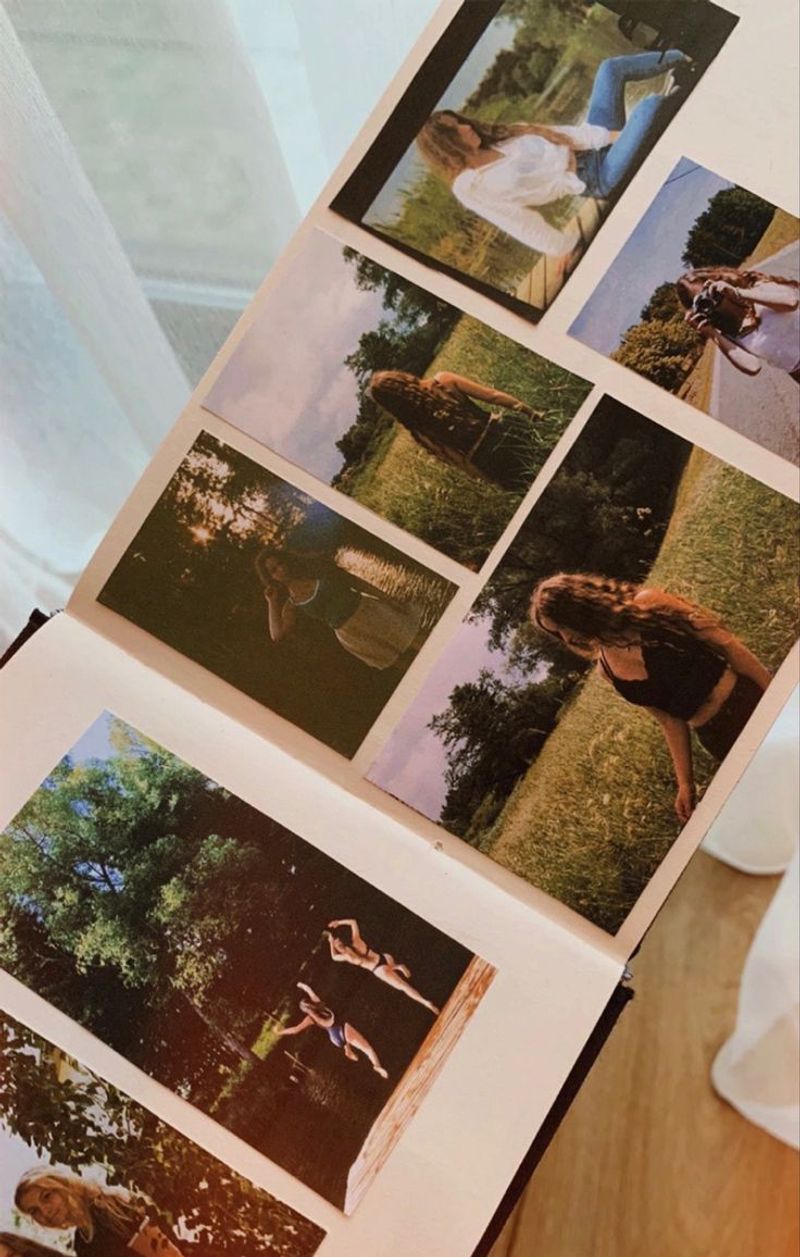
Photo albums were a cherished way to preserve and share memories, allowing people to relive special moments through photographs. They were often brought out during family gatherings or quiet evenings.
Flipping through a photo album was an experience filled with nostalgia and emotion, sparking conversations and laughter. Each photo told a story, capturing a moment in time.
These albums helped maintain family histories and traditions, connecting generations through visual storytelling. They were a treasured way to stay connected with the past.
Book Clubs
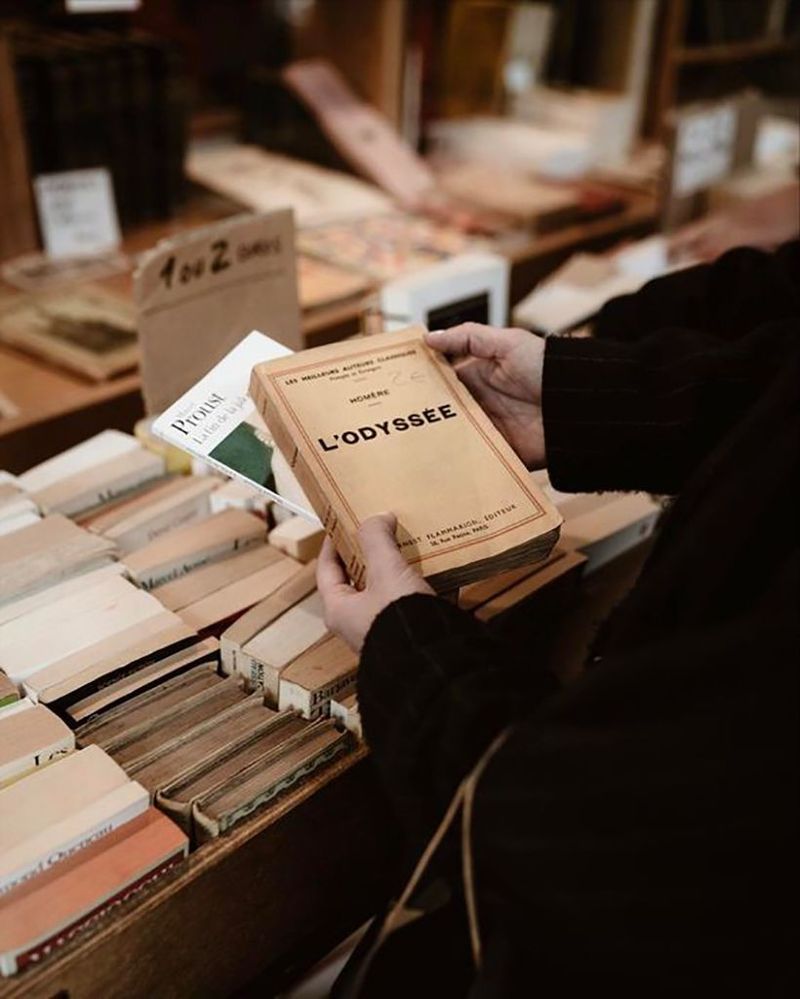
Book clubs provided a platform for social interaction and intellectual engagement, connecting people through shared literary interests. Members gathered to discuss books, exploring various themes and ideas.
The discussions encouraged critical thinking and empathy, as participants shared different perspectives. These meetings often turned into social events, strengthening friendships.
Book clubs fostered a sense of community and curiosity, bringing together people from different walks of life. They were an enriching way to stay connected through the love of reading.
